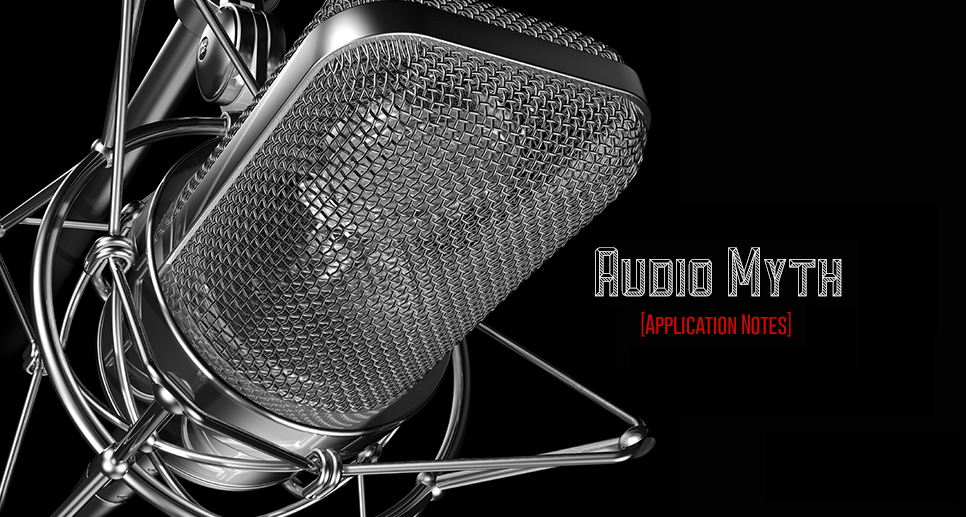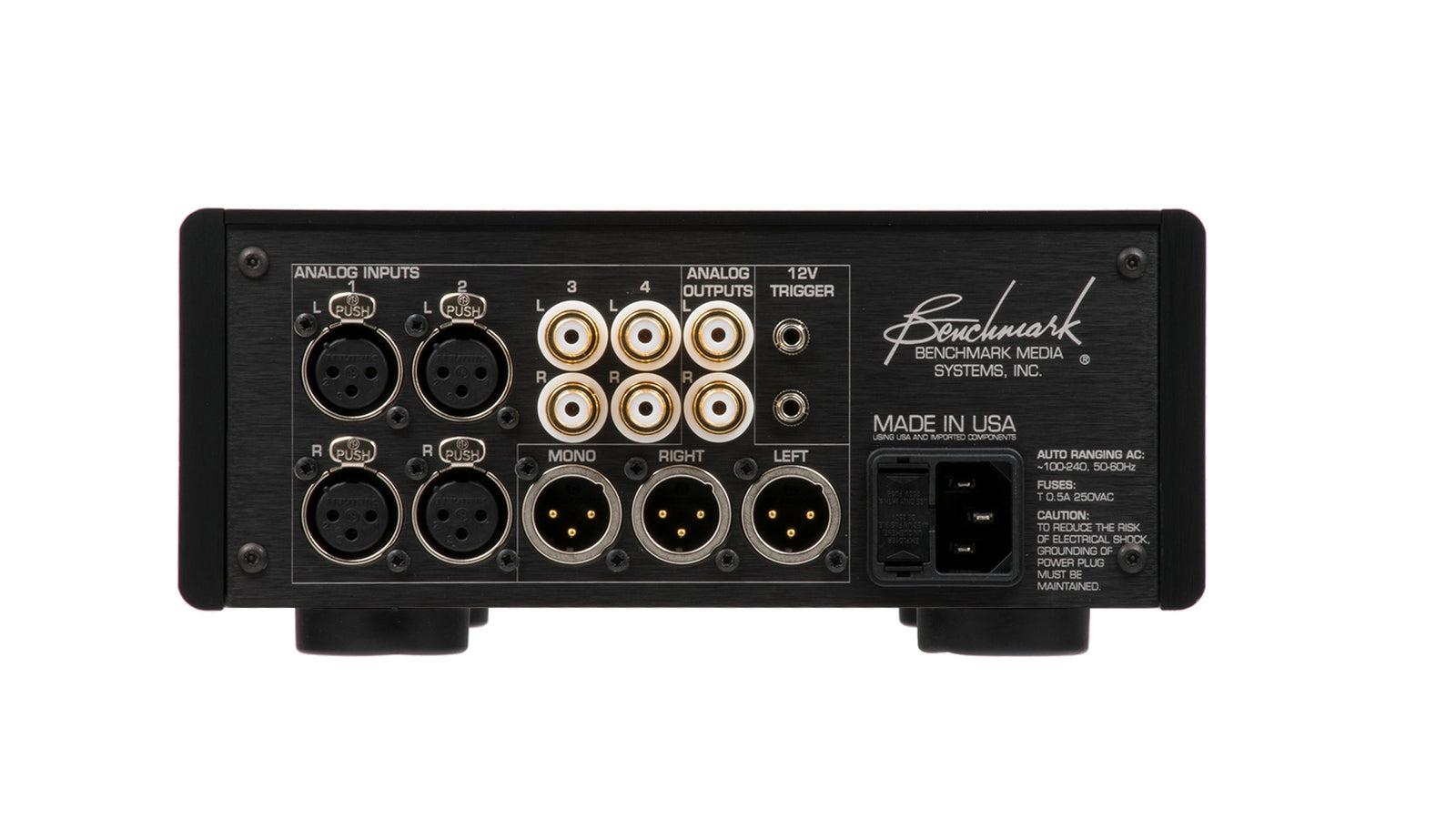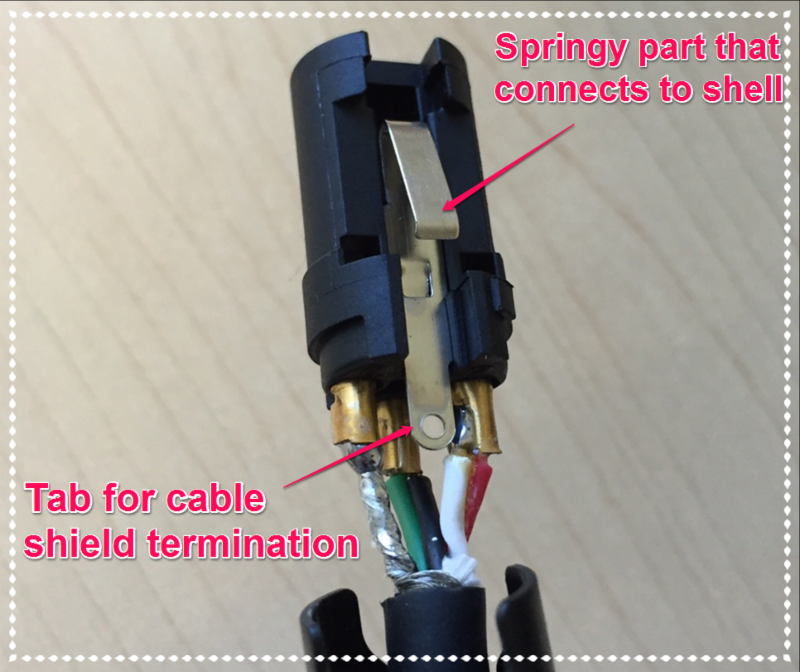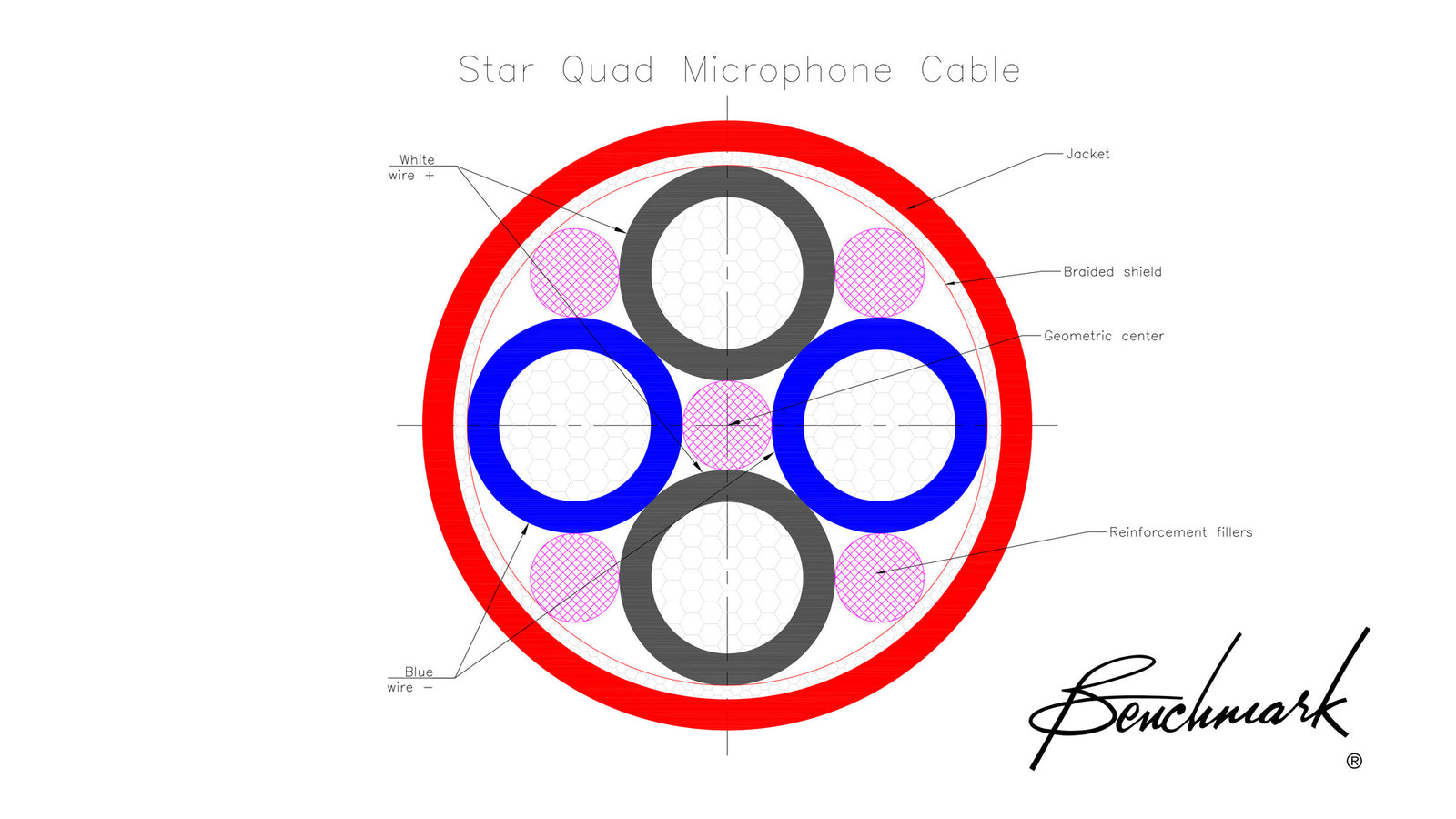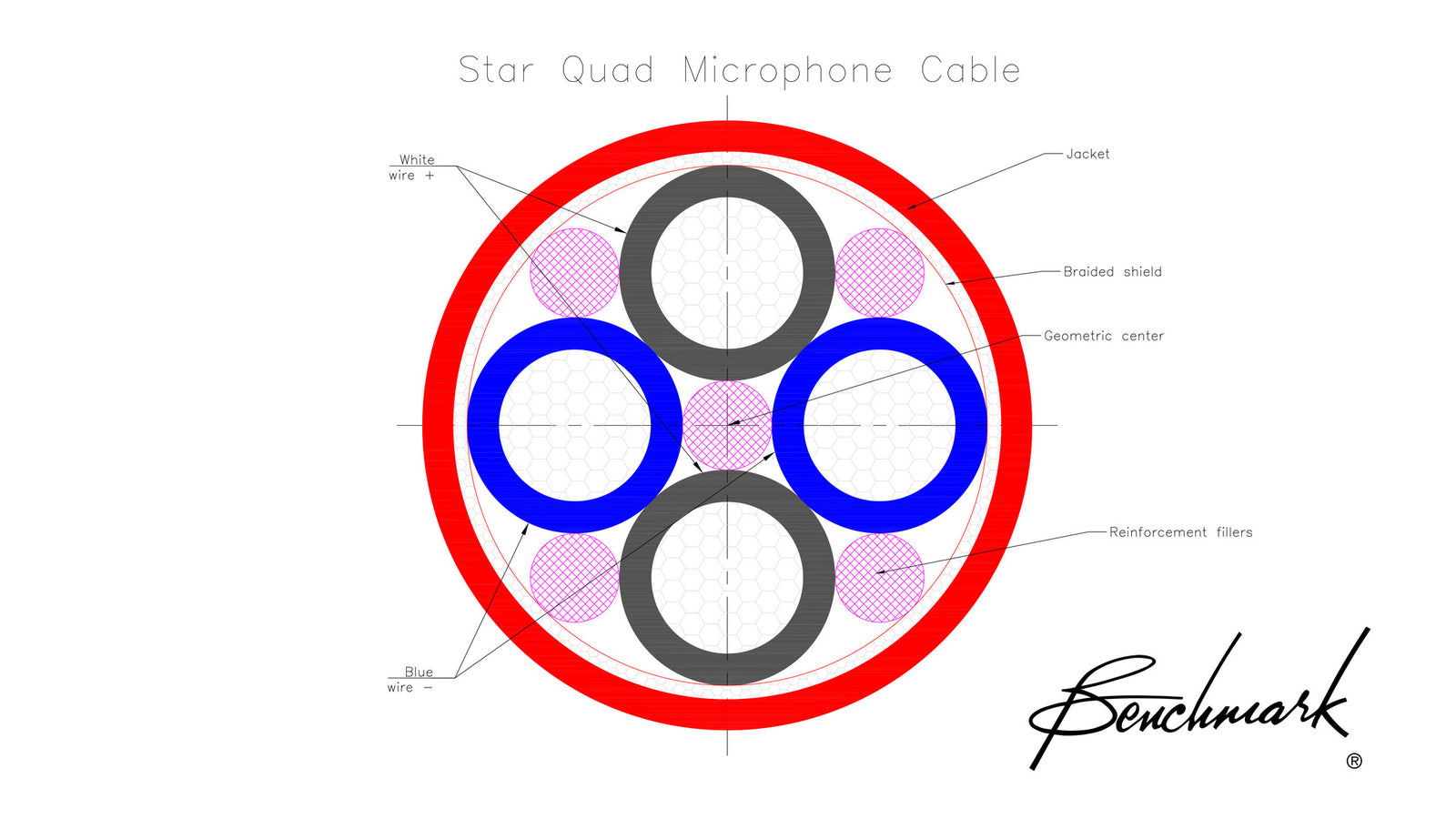Buy one component and save 10% on up to 2 cables. Buy 2 components and get 4 free cables. Free shipping on USA orders over $700.
Buy one component and save 10% on up to 2 cables. Buy 2 components and get 4 free cables. Free shipping on USA orders over $700.
Audio Application Notes
Audiophile Snake Oil
by John Siau April 05, 2024
The Audiophile Wild West
Audiophiles live in the wild west. $495 will buy an "audiophile fuse" to replace the $1 generic fuse that came in your audio amplifier. $10,000 will buy a set of "audiophile speaker cables" to replace the $20 wires you purchased at the local hardware store. We are told that these $10,000 cables can be improved if we add a set of $300 "cable elevators" to dampen vibrations. You didn't even know that you needed elevators! And let's not forget to budget at least $200 for each of the "isolation platforms" we will need under our electronic components. Furthermore, it seems that any so-called "audiophile power cord" that costs less than $100, does not belong in a high-end system. And, if cost is no object, there are premium versions of each that can be purchased by the most discerning customers. A top-of-the line power cord could run $5000. One magazine claims that "the majority of listeners were able to hear the difference between a $5 power cable and a $5,000 power cord". Can you hear the difference? If not, are you really an audiophile?
Audio Myth - "Damping Factor Isn't Much of a Factor"
by John Siau June 04, 2020
Myth - "Damping Factor Isn't Much of a Factor"
Myth - "A Damping Factor of 10 is High Enough"
Myth - "All Amplifiers Have a High-Enough Damping Factor"
Where did these Myths Originate?
These myths seem to trace back to a well-know paper written by Dick Pierce. His analysis shows that a damping factor of 10 is virtually indistinguishable from a damping factor of 10,000 when it comes to damping the motion of a loudspeaker cone. This analysis has been examined and repeated in many more recent articles, such as a well-written post on Audiofrog.com by Andy Wehmeyer. Articles such as these are often cited as evidence that amplifier damping factor doesn't matter. The mathematical analyses are correct, but the conclusions are incomplete and misleading!
Balanced vs. Unbalanced Analog Interfaces
by John Siau April 23, 2018
If you look at the back of any Benchmark product, you will find balanced XLR analog-audio connectors. As a convenience, we also provide unbalanced RCA connectors on many of our products. In all cases, the balanced interfaces will provide better performance.
We build our unbalanced interfaces to the same high standards as our balanced interfaces, but the laws of physics dictate that the balanced interfaces will provide better noise performance.
This application note explains the advantages of balanced interfaces.
- John Siau
Grounding XLR Connectors - Neutrik USA
by John Siau June 01, 2016
"Neutrik is often asked whether the shiny silver tab (pictured below) on typical XLR cable connectors (Neutrik XX series, RX series, X series, etc.) should be connected to anything."
"In the course of the evolution of the AV industry, it has come to be that this tab is practically never terminated. This means, in turn, that the shell is not grounded. When in doubt, simply leave this tab unterminated."
"Whether or not they are internally wired to the shield signal, XLR cable connector shells always make an electrical connection to chassis connector shells once the two are mated."
"Typically, chassis connectors need to be grounded. The industry best practice is generally to tie all of the chassis connector shell, pin 1, and the enclosure shield to a common ground."
- John Siau
Star Quad Cable Demonstration - Video
by John Siau February 12, 2016
Benchmark has recorded a lab demonstration that shows what happens when a standard two-wire cable is exposed to common sources of magnetic interference.
You will be able to hear the interference, see it on an oscilloscope, and view its spectrum on an FFT. A star-quad cable is exposed to the same sources of magnetic interference and the results are compared. This demonstration shows the dramatic difference between the two cables. The star-quad cable provided a 20 to 50 dB reduction in magnetic interference, keeping the interference below audible levels.
- John Siau
The Importance of Star-Quad Microphone Cable
by John Siau February 12, 2016
Eliminate Magnetic Interference with Star-Quad Cable

Studios, live sound venues and homes all have magnetic fields that can cause interference. Magnetic fields are produced whenever current flows through a wire. AC power cables, transformers, power supplies, computers, portable chargers, motors and light dimmers are among the devices that can emit strong magnetic fields. A microphone cable can pick up magnetic interference if it happens to pass near one of these devices. Cables can also pick up magnetic fields when they run adjacent to AC power. Star-quad cables typically reduce this magnetic interference by at least 20 to 30 dB. This is almost always enough to reduce the interference to inaudible levels.
- John Siau



